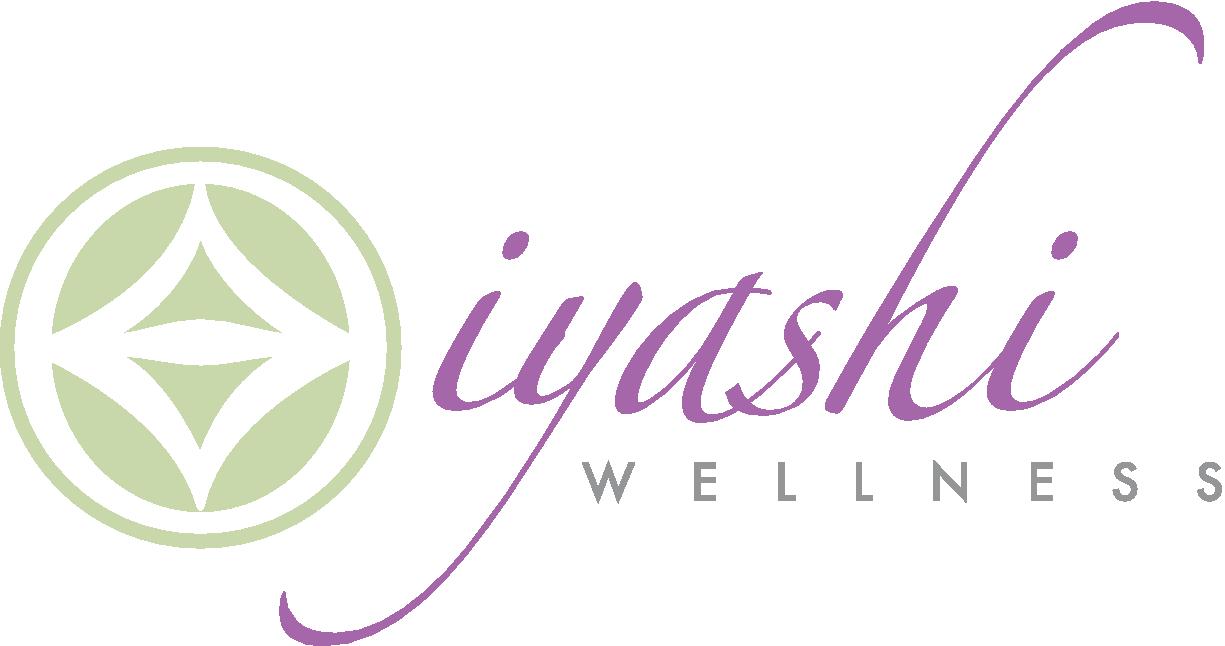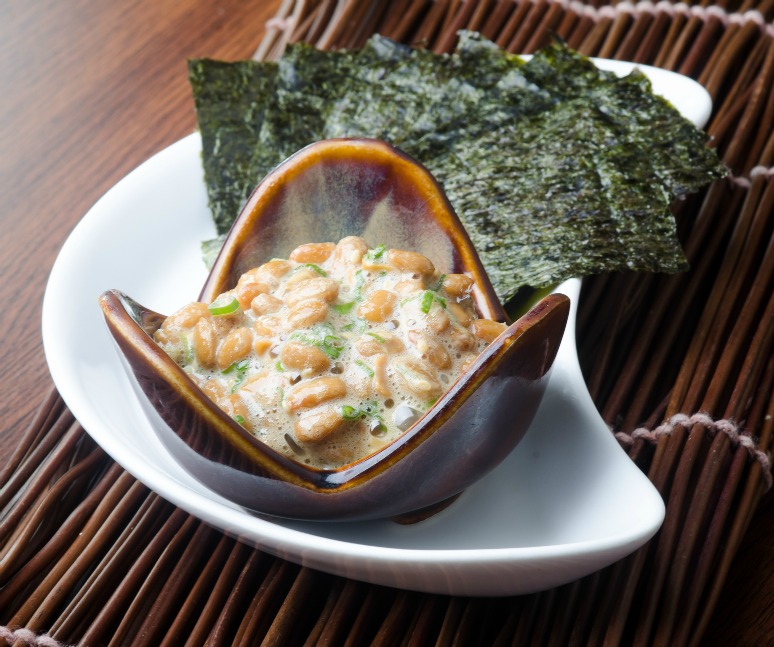This is Part 6 of my 8 Part Series on Healthy, Happy Eating for the Whole Family. Part 1: SAD DIET: ARE YOU OR YOUR CHILDREN EATING ONE? Part 2: THE YIN AND YANG OF SEASONAL EATING. Part 3: HOW TO INCREASE YOUR CHILD’S IQ AND ATTENTION SPAN WITH NUTRITION. Part 4: HOW TO GO GLUTEN FREE AND DAIRY FREE AND HAVE YOUR PIZZA AND ICE CREAM, TOO! Part 5: 4 TIPS ON HOW TO GET A “PICKY EATER” TO EAT. Part 7: WHY RAW FOODS FOR CHILDREN IS NOT THE BEST IDEA Part 8: WHY ASIAN MEDICINE ROCKS FOR CHILDREN!
It has almost become common knowledge among holistic nutritionists, acupuncturists, yoga practitioners, vegetarians, chiropractors, and even the health-conscious general public that milk and dairy products are not required for building strong bones and preventing osteoporosis. However, the “calcium myth” argument that is often made is still incorrect. In this blog post, we’ll examine some of the fallacies behind “the calcium myth” and the reasoning as to why we don’t necessarily need dairy for strong bones. We’ll also get into the reasons why calcium supplements have very little effect on bone strength. The reasons are not what you think. It has nothing to do with acid/alkaline balance, which is just another myth that is perpetuated by vegan organizations.
The common argument that children and adults don’t require dairy products to get enough calcium for strong bones typically goes something like this:
“Dairy products form an acid ash in the body when digested, and this causes the bloodstream to become acidic. In the body’s efforts to make the bloodstream more alkaline, calcium leaches out of the bones and into the bloodstream. Therefore, dairy products actually hinder bone development and promote osteoporosis rather than preventing it. Instead of getting your calcium from acid-forming dairy, you should get your calcium from alkaline-forming plant foods such as sesame seeds, leafy green veggies, broccoli, and almonds.”
This argument against dairy reveals a lack of knowledge regarding the basics of human anatomy and physiology. If everything we ate made our blood become so acidic that we have to become more alkaline by drawing calcium out of our bones, we would all be rushing to the hospital every time we have a bowl of grandma’s chicken soup. The organs in charge of regulating acid/alkaline balance in the body are the kidneys. The acid/alkaline balance of your bloodstream (also known as blood pH) remains constant regardless of whether you eat a steak washed down with a glass of milk, or whether you eat a vegan green smoothie.
Of course, just because dairy doesn’t cause osteoporosis doesn’t mean it is required for strong, healthy bones. The traditional Asian diet doesn’t typically include dairy products, even though Asians enjoy high rates of longevity and low incidence of osteoporosis and bone fractures. There is mounting evidence that dietary calcium intake beyond a minimal amount found in vegetables and seeds is not likely to help children build stronger bones or prevent bone loss in postmenopausal women.
Then why are bone fractures becoming more common among children, and why do so many American adults suffer from osteopenia (low bone density) and osteoporosis (brittle bones and very low bone density)? Why do Asians who abandon their traditional diet in favor of a high calcium Standard American Diet begin to suffer from bone fractures and osteoporosis? The answer to these questions is that the Standard American Diet is deficient in vitamin K2, which is crucial for building and maintaining strong bones throughout life. The traditional Asian diet, on the other hand, is extremely high in this important nutrient.
The foods that contain significant amounts of vitamin K2 include: liver, egg yolks, butter, curd cheese, and natto. None of these foods are present in the typical American diet, but natto – the most nutritionally rich source of vitamin K2 – is a common food in regions of Asia that have very low rates of osteoporosis. (Source: http://www.karger.com/Article/Fulltext/54147; Source: https://www.ncbi.nlm.nih.gov/pmc/articles/PMC4566462/; Source: http://wholehealthsource.blogspot.com/2008/06/vitamin-k2-menatetrenone-mk-4.html)
Natto is a fermented food made from cooked soybeans. It has a slippery texture and a characteristic “stringiness” similar to the melted cheese on a pizza, and it tastes somewhat like pinto beans with cheddar cheese. Populations that eat natto on a regular basis seem to be protected from both heart disease and osteoporosis. Much research suggests that vitamin K2 plays an important role in building and maintaining strong bones, as well as in preventing calcification of soft tissues such as arteries and joints. You can purchase non-GMO natto from most Asian food stores, as well as a few natural foods stores and online specialty grocery stores. It can be a healthy snack or breakfast food, and is commonly eaten with rice or eggs.
Because natto is a nutritional powerhouse that can help build strong bones and prevent osteoporosis – even in the absence of a high-calcium diet – as well as prevent cardiovascular disease and stroke, it’s worth seeking out in an Asian foods store to see if you and your children like it. Many people find the taste and texture to be comforting and satisfying, like macaroni and cheese.
In conclusion, dairy is not required for building strong bones and preventing osteoporosis. However, the reason for this has nothing to do with the acid/alkaline nature of certain foods. Blood pH is not affected by your diet, and your kidneys – not your bones – are what keep your blood pH constant. To build and maintain strong bones, it’s important to each foods rich in vitamin K2, such as liver, grass-fed butter, natto, egg yolks, and curd cheese.

